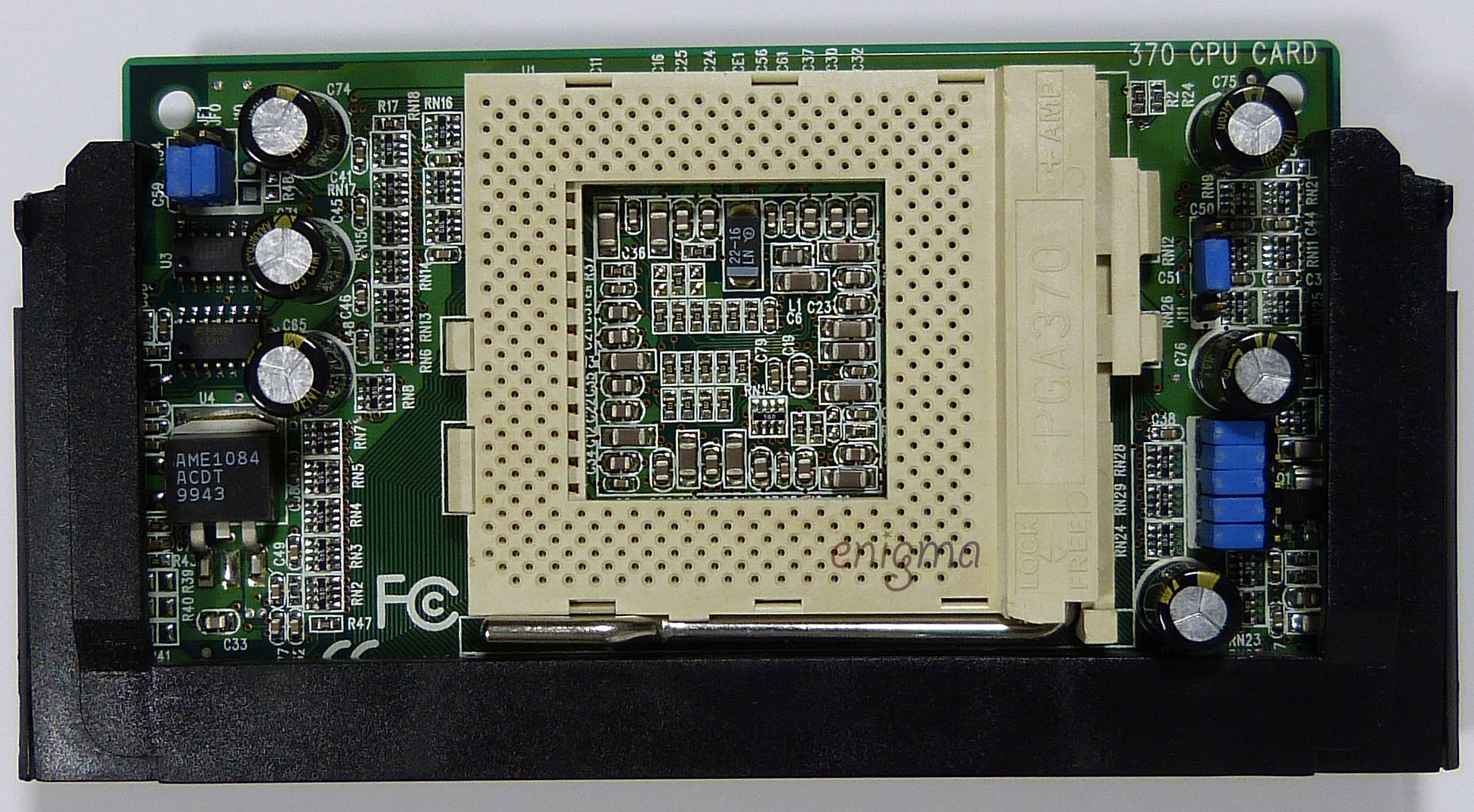Reply 60 of 71, by shevalier
- Rank
- Oldbie
mockingbird wrote on 2025-02-24, 05:36:Interesting suggestion, but if that's the case, then the slotket should also have these types of low-esr caps, and I don't know of a single one that does. I'd love to see someone design a new one.
The search returns pictures of adapters that are more decent than those from MSI.



Considering that there was no reference design, manufacturers created minimally working products.
The P3 slot1 Coppermine usually contains several capacitors on the cartridge.
Aopen MX3S, PIII-S Tualatin 1133, Radeon 9800Pro@XT BIOS, Audigy 4 SB0610
JetWay K8T8AS, Athlon DH-E6 3000+, Radeon HD2600Pro AGP, Audigy 2 Value SB0400
Gigabyte Ga-k8n51gmf, Turion64 ML-30@2.2GHz , Radeon X800GTO PL16, Diamond monster sound MX300

